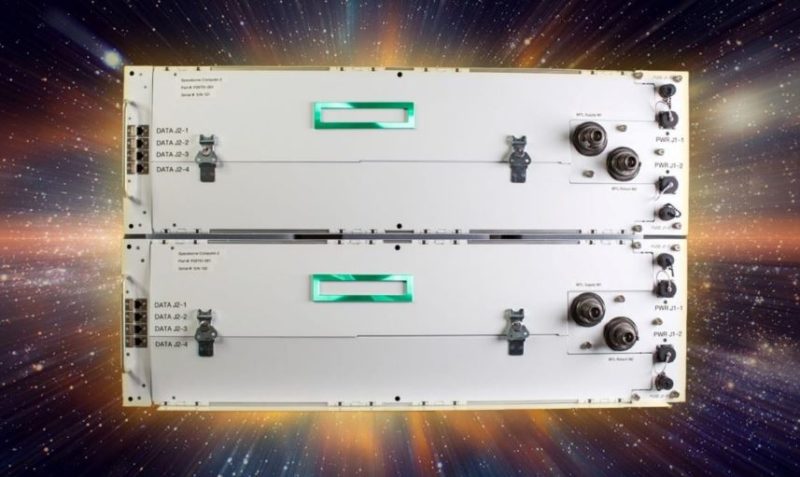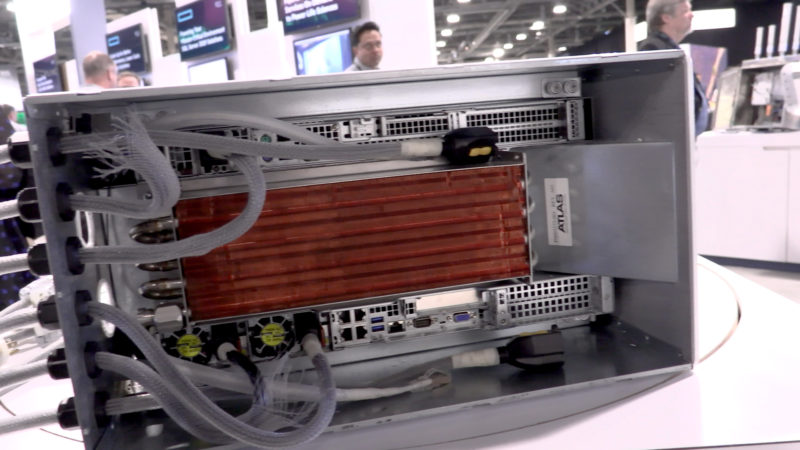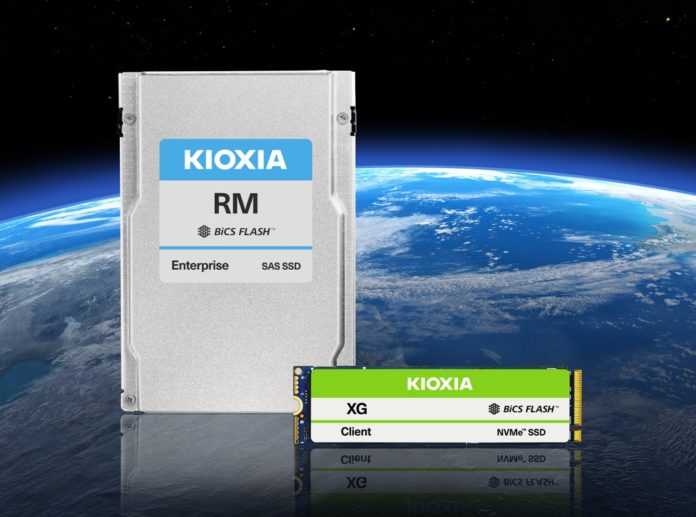HPE has a project that started in the old SGI days putting a standard rackmount server on the International Space Station. A few years ago, we covered the HPE Spaceborne Computer-2 announcement and took a look at the original. Now we are learning more about the Spaceborne Computer-2, specifically as it relates to its Kioxia SSDs.
Kioxia SSDs Hopping to Space in the HPE Spaceborne Computer-2
The SSDs that will be used on the HPE Spaceborne Computer-2 will be the Kioxia RM series of value SAS drives as well as the XG series of M.2 SSDs.

The new ISS computing platform will replace the V1 platform, made up of Supermicro-SGI servers, with new HPE Edgeline and HPE ProLiant servers. A significant challenge in the first system was not actually the compute. Storage and NAND endurance/ reliability turned out to be one of the identified challenges from the first version. That is what makes this announcement perhaps more interesting than the compute side.

Hopefully, we will learn more about the Spaceborne Computer-2 in the not-too-distant future.
Final Words
For those wondering, component cost on a mission like this is not the biggest hurdle. A decision is not made on a few dollars of one SSD versus another. Instead, Kioxia is sponsoring this, so there is probably some engineering that is going into this. Also, the biggest cost is perhaps the launch of the system up to the ISS, where historically, costs have been $10,000+/ kg to deliver gear there.
Still, this is an important effort. One of the challenges with missions to the ISS and to places like Mars and other bodies is the latency between Earth and the spacecraft. Bringing more compute onboard means that more processing, for AI, for example, can be done locally at dramatically lower latency. The HPE Spaceborne Computer project’s impact, if successful, will help bring more modern technology to space instead of traditional lower-speed and lower-power hardened silicon.





This is exactly the information I was looking for.
Kioxia SSD’s selection for HPE’s Spatial Computing project is a testament to the quality and reliability of Kioxia’s storage technology. This opens up many new application opportunities in the space sector, where durability and reliability are key factors.
Kioxia SSD being chosen for HPE’s Spatial Computing project underscores the superior quality and reliability of Kioxia’s storage technology. This development introduces numerous new possibilities in the aerospace industry, emphasizing durability and dependability as critical elements.